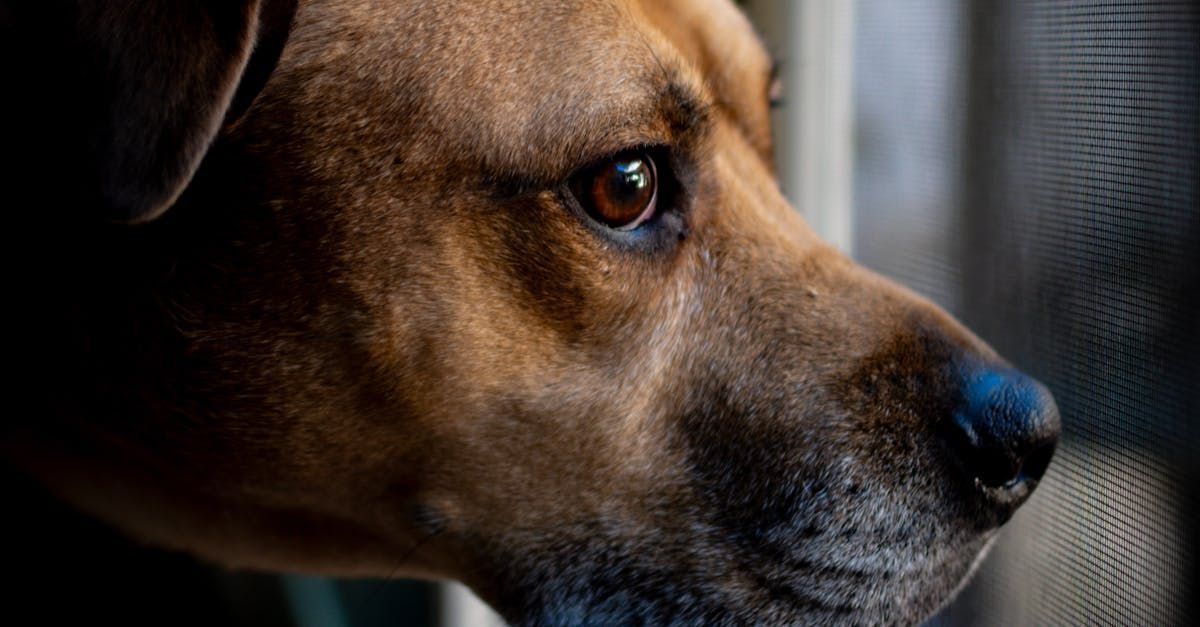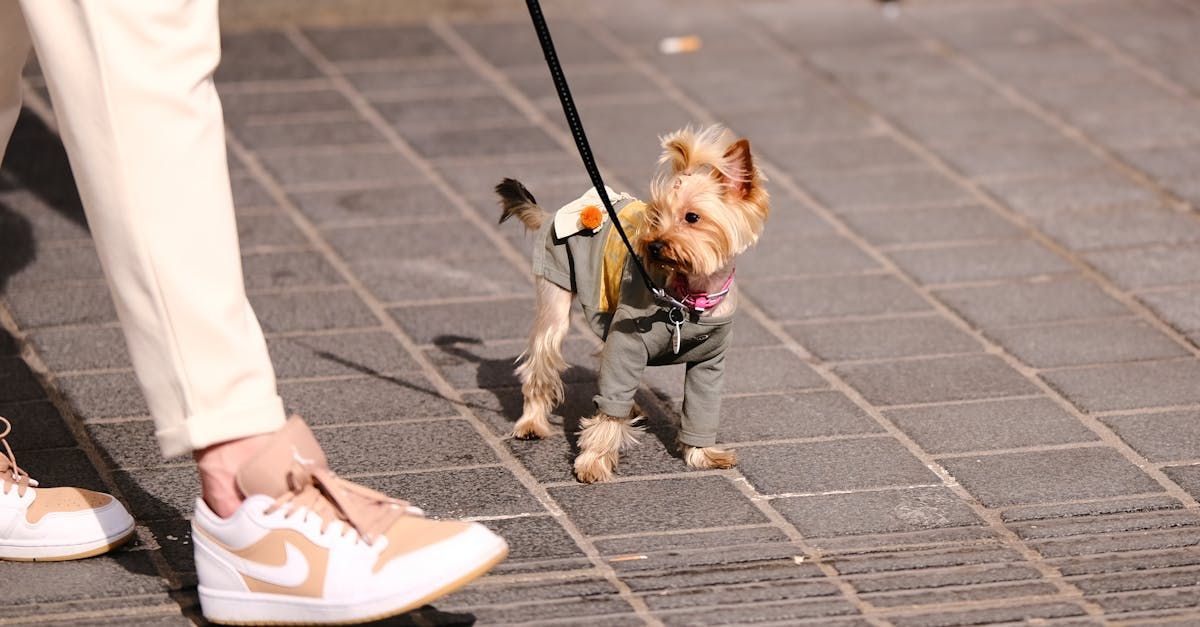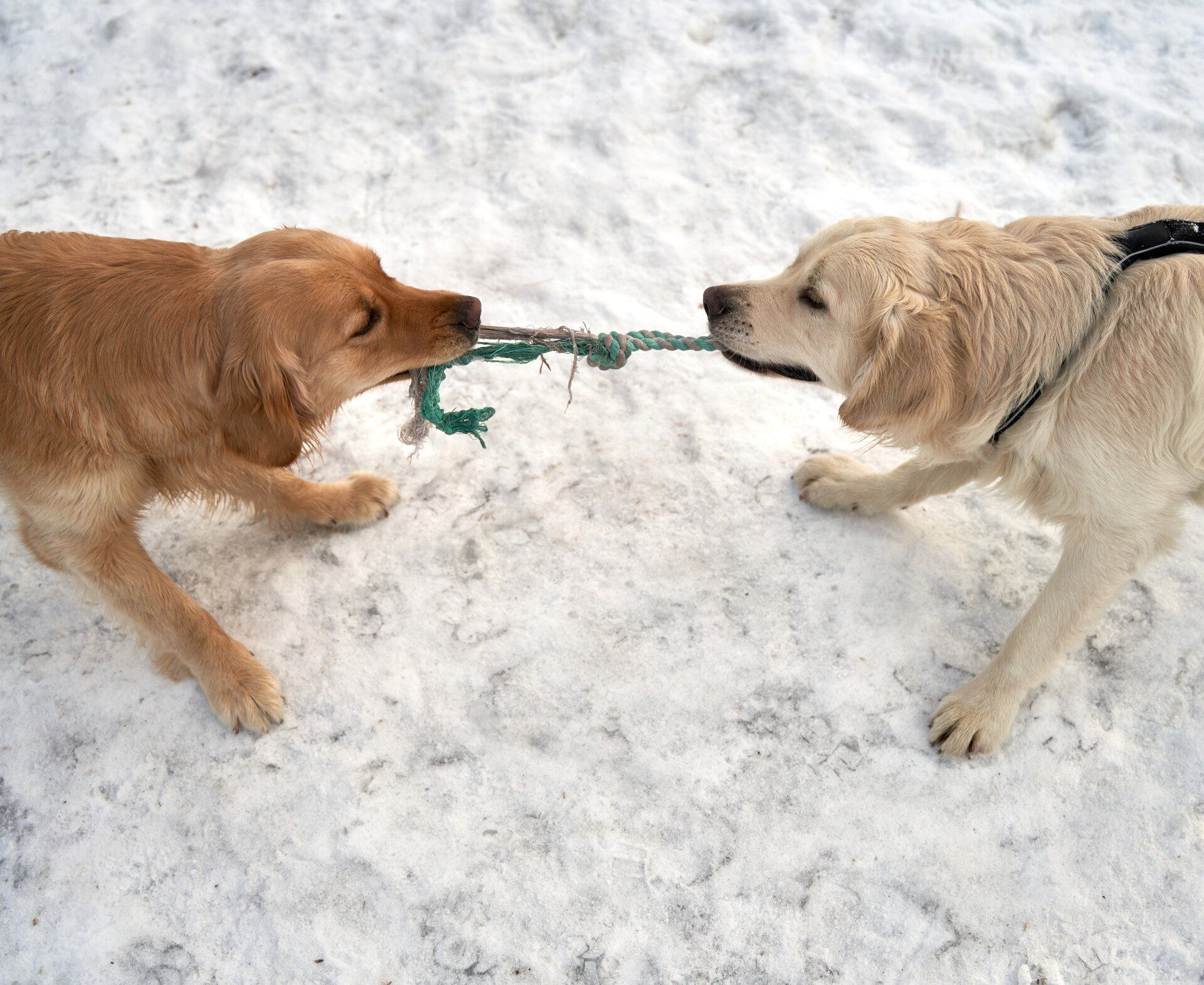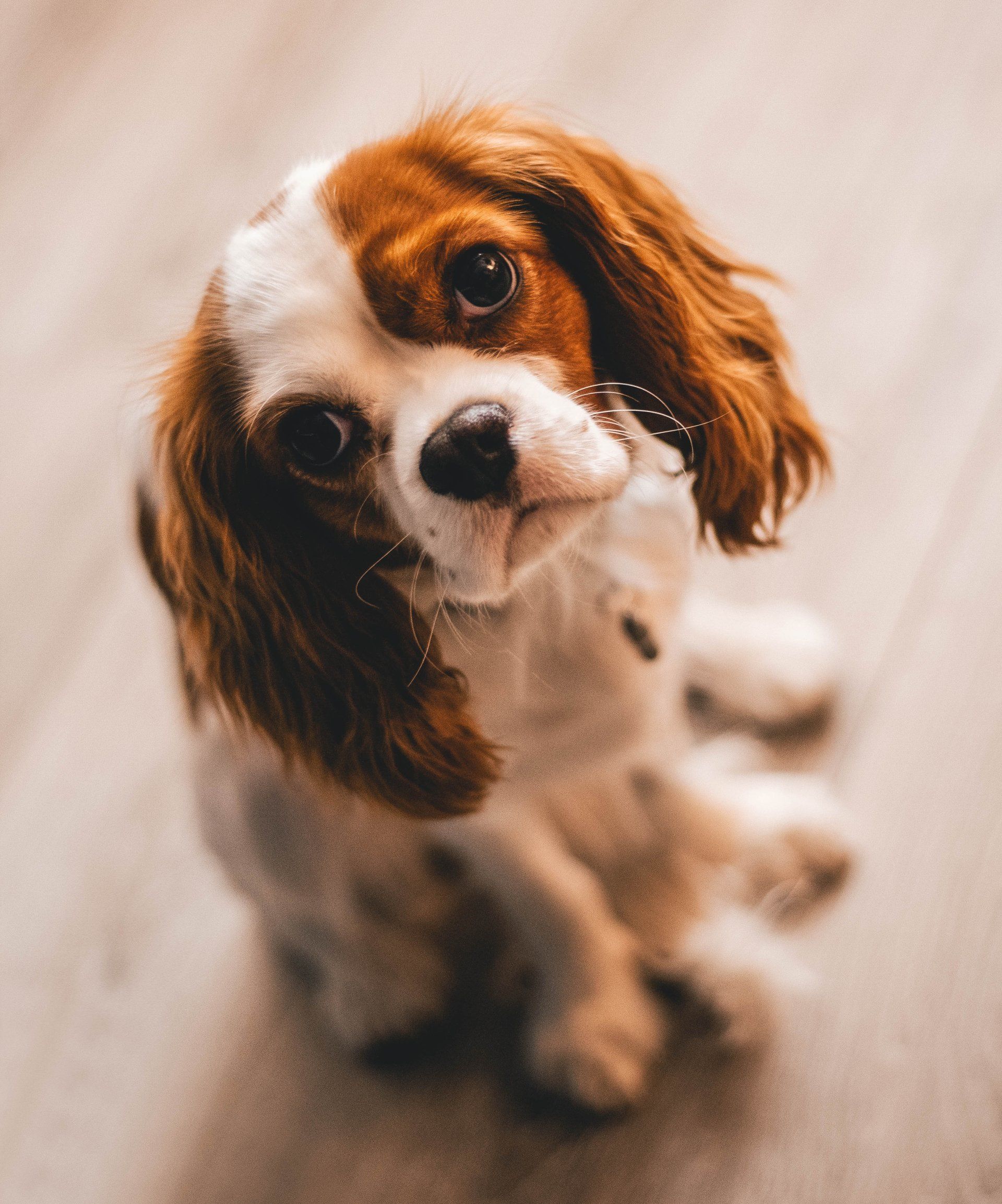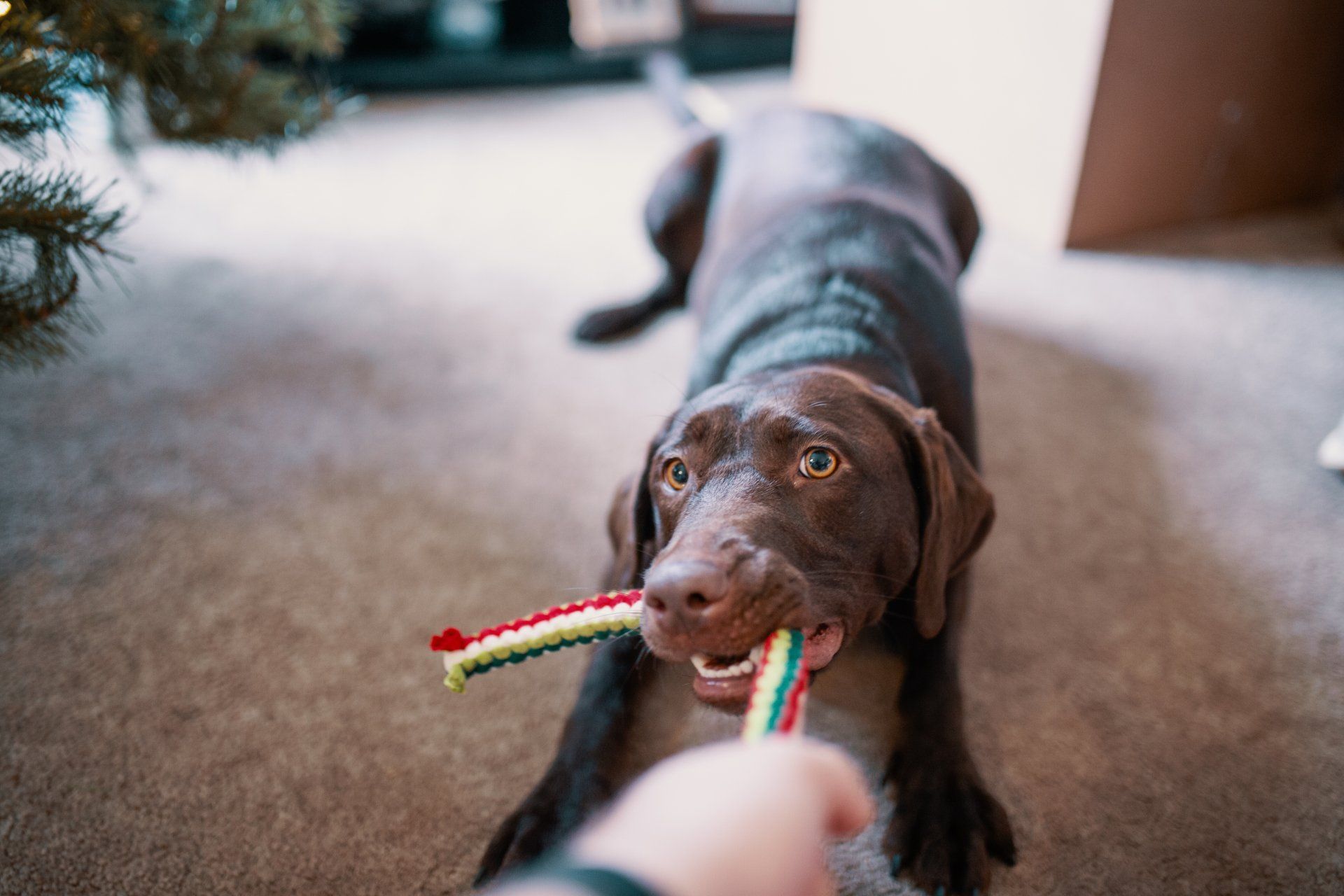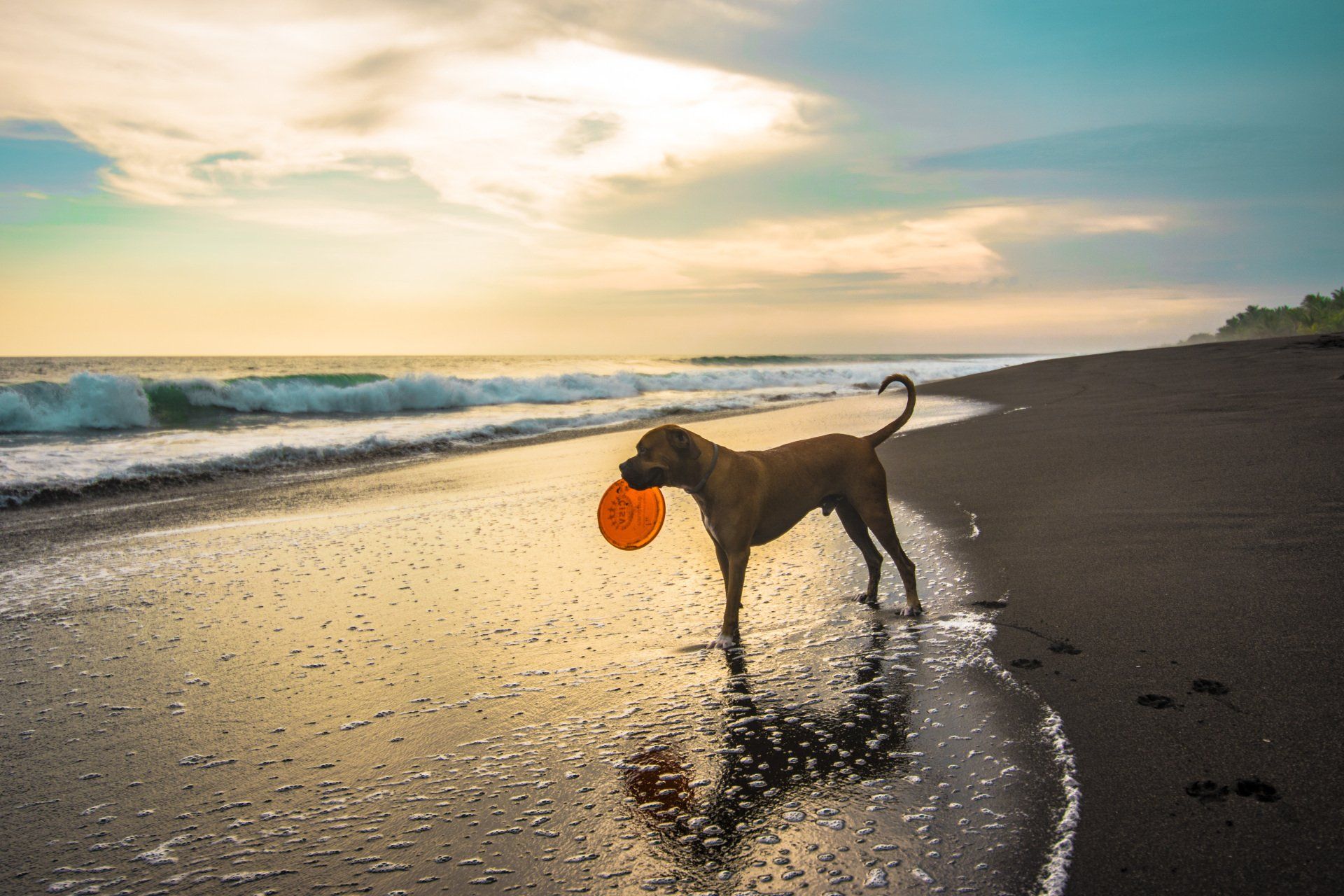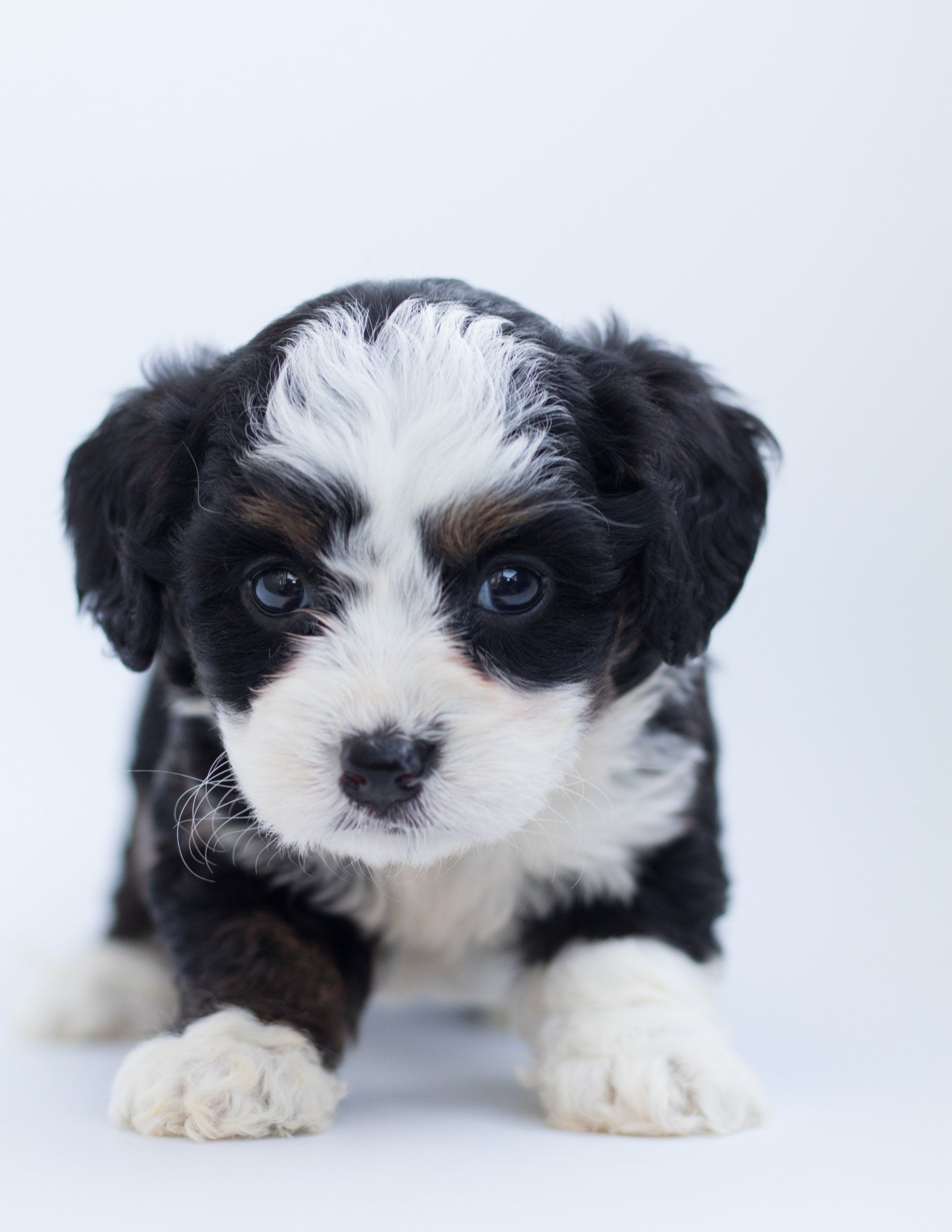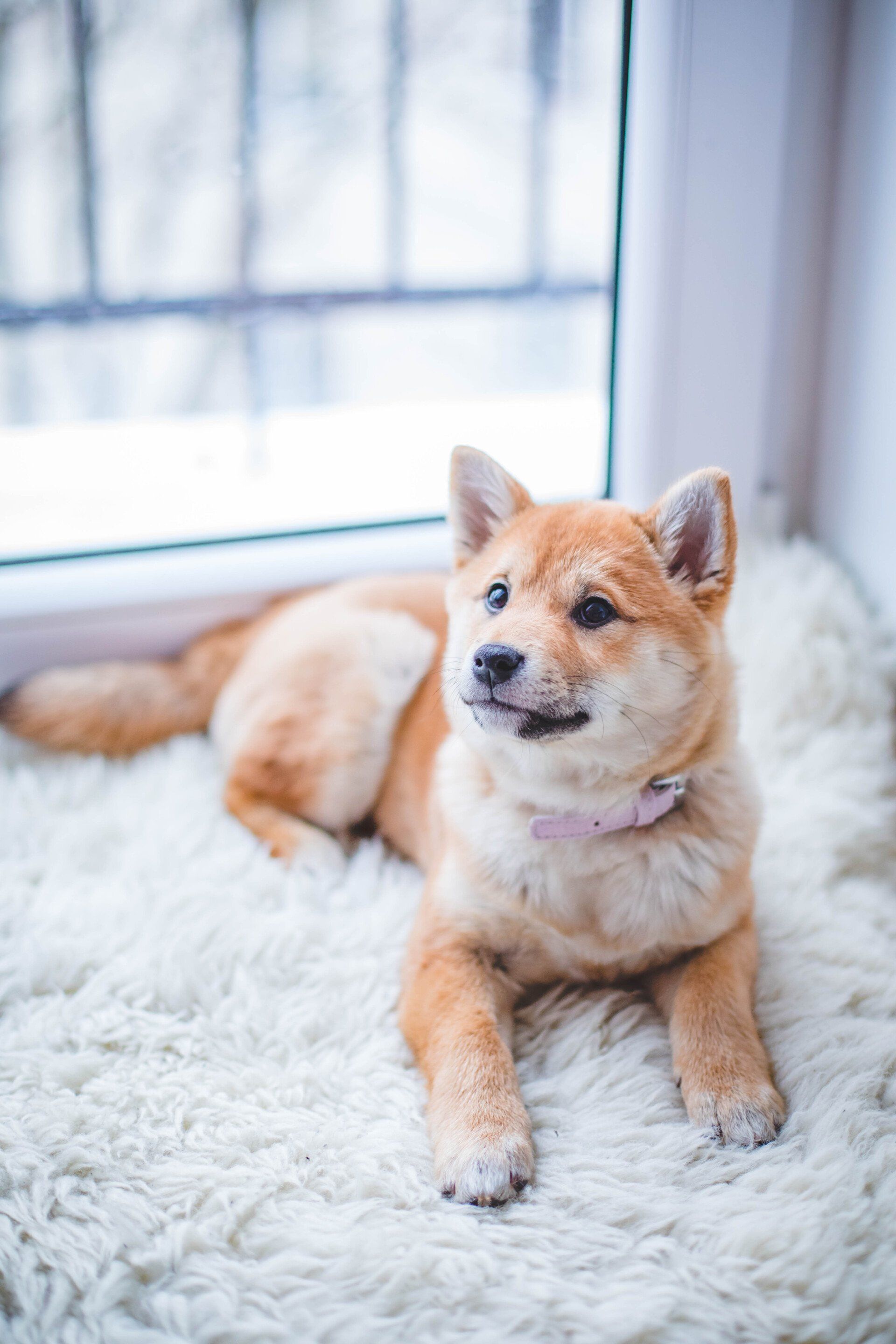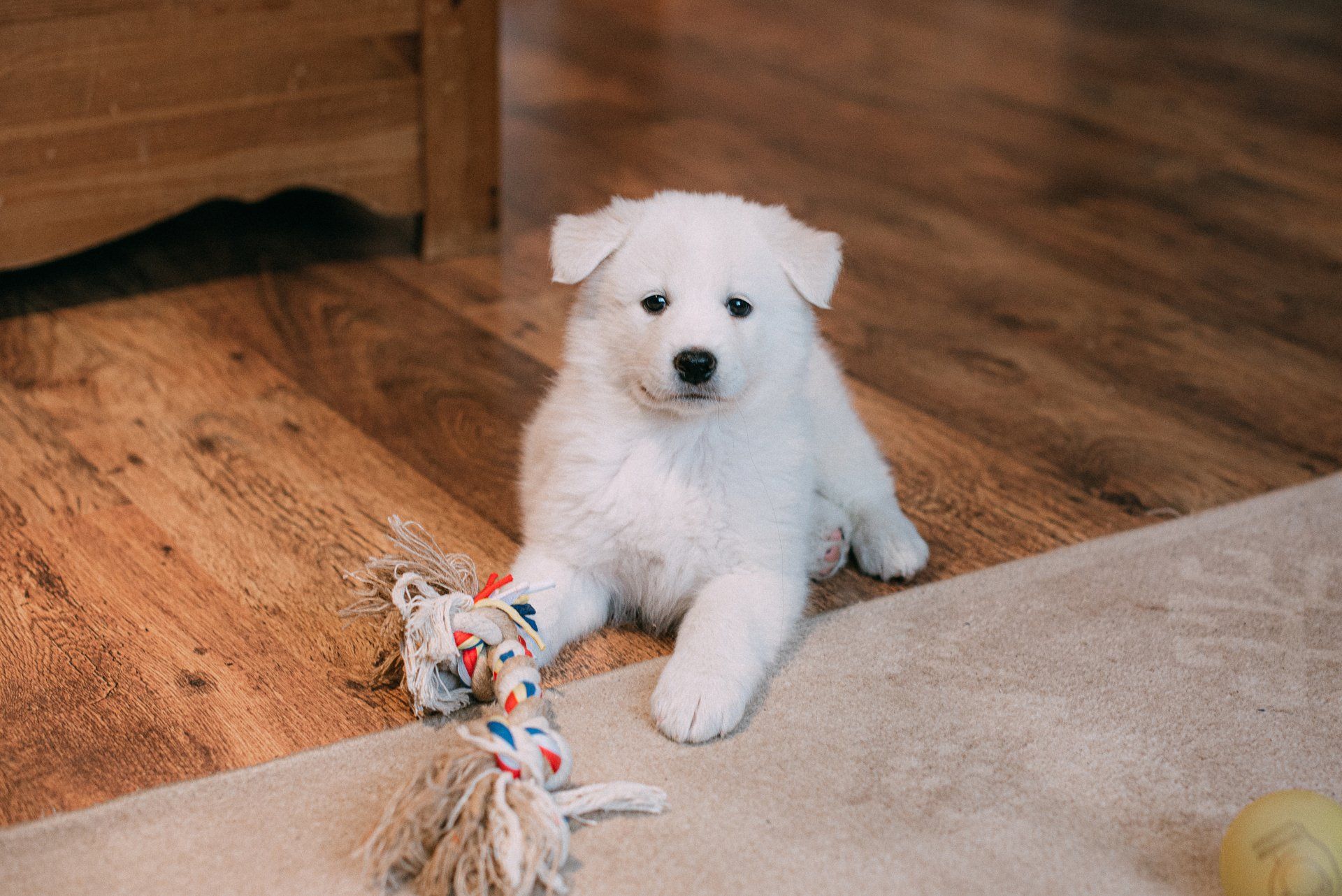Rehabilitating Aggressive Behavior in Dogs
How to Create a Comprehensive Behavior Modification Plan for Dogs
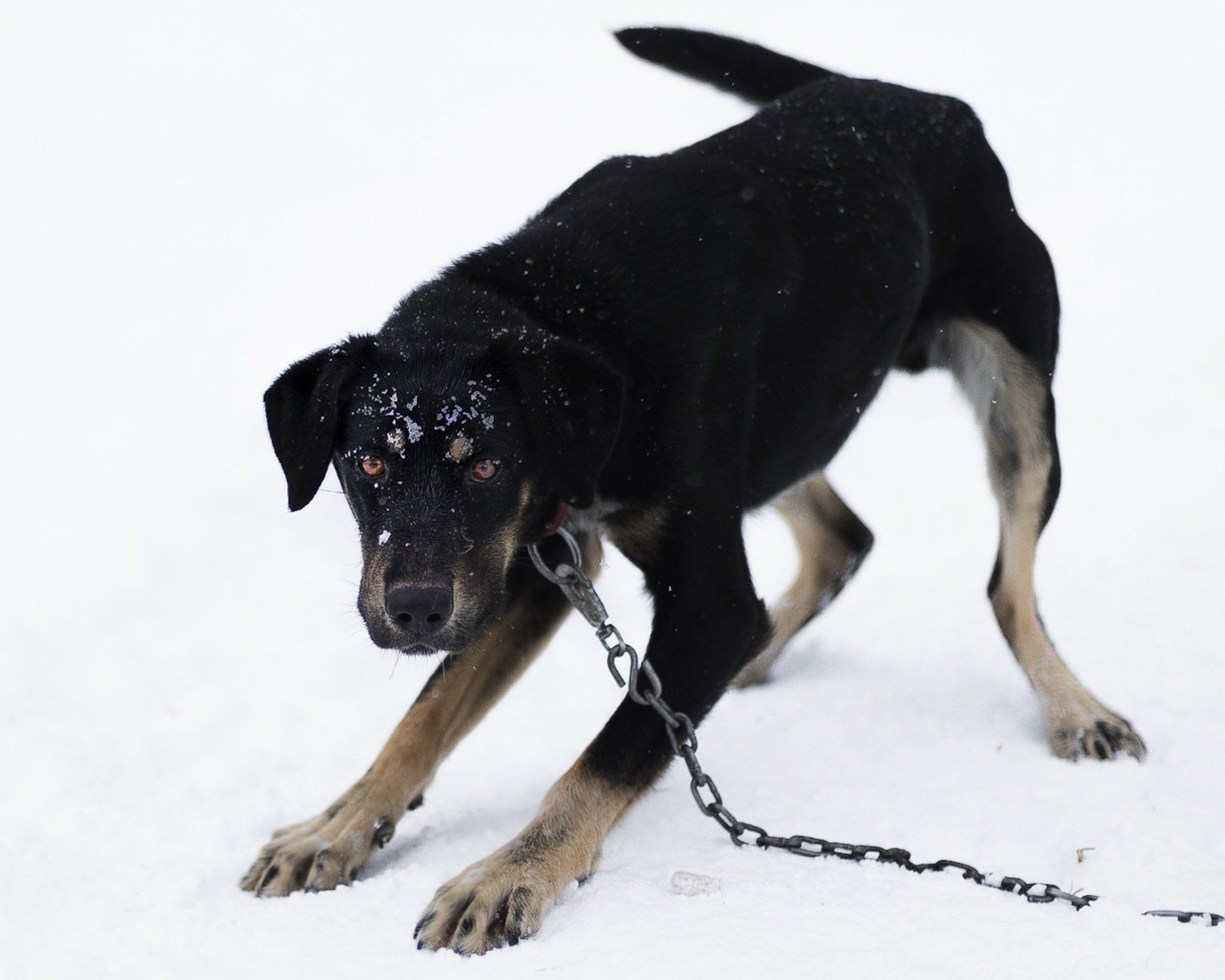
When aggression becomes a part of your dog's behavior, it can be both challenging and disheartening. However, with patience, consistency, and the right approach, rehabilitating aggressive behavior in dogs is possible. This blog aims to provide a comprehensive guide to help dog owners understand the causes of aggression, recognize different types of aggression, and implement rehabilitation strategies.
Understanding Aggression in Dogs
Aggression in dogs can stem from various factors, including fear, territorial instincts, frustration, pain, or past trauma. Recognizing the underlying cause is crucial for effective rehabilitation. Common types of aggression include:
**Fear Aggression:** Dogs may display aggression when they feel threatened or frightened. Most fear aggressive dogs are not forward in their aggressive behavior and would likely choose "flight" over "fight" if given the opportunity, but this does not mean they are not at risk of biting if pushed or handled incorrectly.
**Territorial Aggression:** Dogs can become possessive of their home environment and may act aggressively to protect it. Some dog breeds are genetically predisposed to this behavior, including working breeds, Livestock Guardian breeds, and more.
**Resource Aggression:** Some dogs may display aggression over perceived resources, such as food, sleeping space, toys, and even their owners. These dogs may guard items from other dogs, people, or both.
**Redirected Aggression:** Dogs may redirect their aggression toward a person or animal that wasn't the initial source of the conflict. This often happens on leash in the presence of a trigger, or when fence fighting and a person or dog gets in the way.
Rehabilitation Strategies
1. **Consult a Professional:** Before implementing any rehabilitation plan, consult with a professional dog trainer or behaviorist. They can help assess the situation, identify triggers, and tailor a plan suited to your dog's specific needs.
2. **Create a Safe Environment:** Remove potential triggers and create a secure environment for your dog. This may involve using baby gates, crates, or other containment methods to prevent unwanted interactions. You can also utilize muzzle training to add an extra layer of safety.
3. **Desensitization:** Under the guidance of a professional dog trainer, gradually expose your dog to the stimuli that trigger aggression in a controlled and positive manner. This process, known as desensitization, helps the dog learn to tolerate and eventually accept the previously feared stimuli. Obedience training is important before moving on to this step.
4. **Counterconditioning:** Pair the presence of the trigger with something positive, such as treats or playtime. This helps create positive associations, gradually reducing the dog's negative reaction.
5. **Consistency is Key:** Be consistent in your approach and expectations. Ensure that all family members and caregivers follow the same rehabilitation plan to avoid confusion and setbacks. Do not push a dog too quickly in a way that you will have a bad situation arise; when in doubt, slow and steady wins the race.
6. **Regular Exercise and Mental Stimulation:** Provide ample opportunities for physical exercise and mental stimulation. A tired and mentally satisfied dog is less likely to exhibit aggressive behavior. You can accomplish this before embarking on training walks by doing a training session in the backyard, utilizing a DogPacer treadmill, and giving your dog a healthy outlet for their excess energy before stressful events.
7. **Medical Evaluation:** Rule out any underlying health issues that may contribute to aggressive behavior. Pain or discomfort can sometimes manifest as aggression.
Rehabilitating aggressive behavior in dogs requires patience, understanding, and a commitment to a structured training plan. By addressing the underlying causes, creating a safe environment, and working with a professional, dog owners can help their reactive or aggressive dogs become easier to manage and build a trusting relationship. Remember, every dog is unique, and rehabilitation will take time, so stay dedicated to the process, and celebrate the small victories along the way.
Request a Phone Call from a Dog Trainer
We'll be in touch as soon as possible.
Dog Training Inquiry
Thank you for contacting Southern Warrior K9. We will get back to you as soon as possible
Oops, there was an error sending your message. Please try again, or email us directly at SouthernWarriorK9@gmail.com.
Contact Information:
Phone: (405) 326-0055
Email: SouthernWarriorK9@gmail.com
Address: 10451 OK-9, Norman, OK 73026
Disclosures
* Southern Warrior K9, LLC, and its training programs are not affiliated, sponsored, endorsed, approved, or associated with the American Kennel Club or the AKC Canine Good Citizen testing program. For more information about the AKC Canine Good Citizen testing program, please see https://www.akc.org/products-services/training-programs/canine-good-citizen/
** Nothing on this website should be considered legal advice. If you have legal questions about whether your dog qualifies for protected legal status as a service dog, please consult an attorney.
All Rights Reserved | Southern Warrior K-9, LLC.
